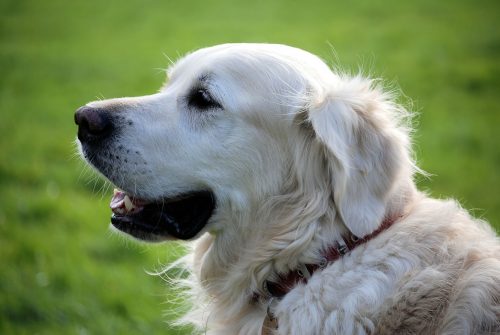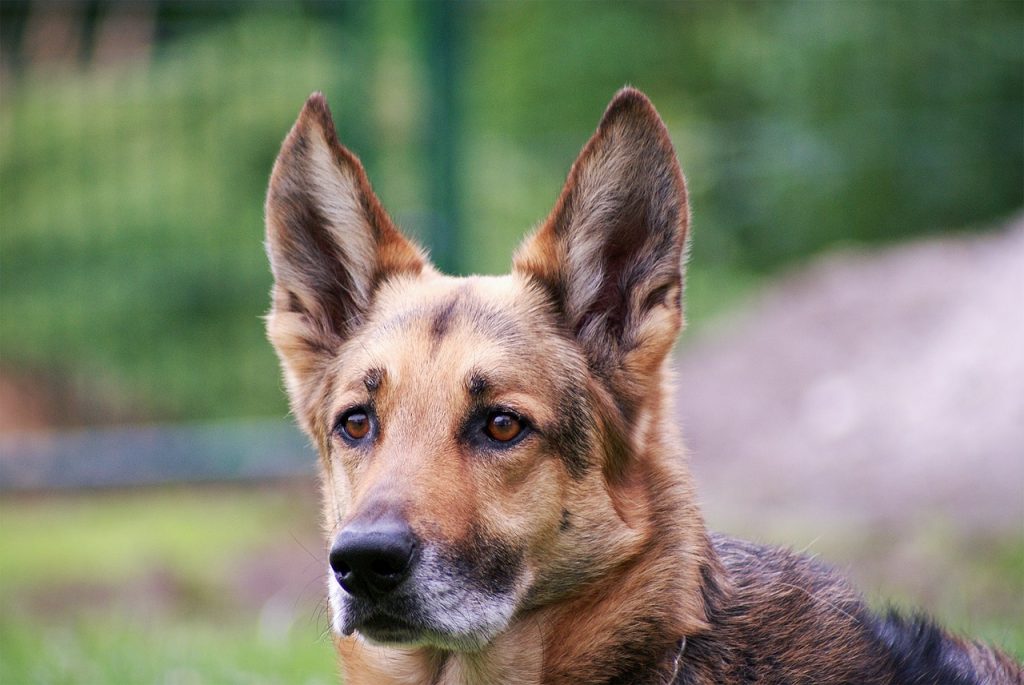You’re ready to relax with your dog when your hand grazes a soft, movable bump beneath his skin. As quick as you may be to jump to a conclusion, know that fatty tumors are not as intimidating as you may think.
What is a fatty tumor?
Fatty tumors, or lipomas, are subcutaneous (formed under the skin) masses commonly found in dogs. Fatty tumors are different from actual fat, which forms a flat layer beneath the skin as opposed to the lumps that lipomas form.
Fatty tumors are often soft (hence the name) with limited movement. Over time, these masses can grow, so it is important to diagnose and monitor them as soon as you catch them.
What causes fatty tumors in dogs?

Unfortunately, the cause of fatty tumors, or lipomas, is still unknown. The little information gathered about fatty tumors in humans, however, indicates:
- Fatty tumors tend to be inherited
- An injury, even minor, may lead to growth
- Being overweight does not cause them
How do you know if your dog has a fatty tumor?
Lipomas tend to exhibit the following symptoms:
- Small in size [between 0.4 in. (1 cm) and 1.2 in. (3 cm)]
- Felt just under the skin
- Slightly movable
- Soft, rubbery consistency
- Remains the same in size, or grows very slowly
- Does not cause pain, unless disruptive of normal movement—like the axillary region under the front leg
- Oftentimes located on the belly or trunk, but can be anywhere
Additionally, most dogs with lipomas will eventually develop several all over their bodies.
Are fatty tumors cancerous?
Like any tumor, fatty tumors are a form of cancer in dogs —but they are benign, meaning they won’t spread throughout the body or the surrounding tissue. And though they do not metastasize, they can grow, impacting your dog’s movement, especially if located between the legs or low on the chest. They can also grow so large that they press on internal organs.
If a fatty tumor does grow between your dog’s front leg and body wall, interfering with movement, friction can wear through the skin, developing an infection.
Are fatty tumors dangerous?

While most fatty tumors are benign, resting in a small pocket or isolated fibrous case, others still can penetrate into the surrounding tissues—especially the muscle. This is an infiltrative fatty tumor, and though rare, poses more of a threat to your dog’s health than the former.
Infiltrative fatty tumors do not metastasize to other parts of the body, but they are also not as benign as the former, and can develop on multiple parts of your pet.
You’ll be able to tell if your dog has an infiltrative fatty tumor as these are firmer and more fixed to underlying tissues. Your dog might be in pain, as infiltrative fatty tumors interfere with muscle contraction—even to the point of lameness.
Diagnosing Fatty Tumors in Dogs
If you suspect your dog has a fatty tumor, it’s important to visit your veterinarian. He or she will conduct a complete physical exam, checking for all palpable masses. A fine needle aspirate will show whether the mass is a benign lipoma, or a different type of tumor mimicking one. If the aspirate is inconclusive, your veterinarian may then suggest surgery to remove and study the mass in order to properly diagnose it.
Infiltrative lipomas require an extra step of care, such as a CT or MRI scan, for an adequate diagnosis. Determining as much information upfront is necessary to treat your dog.
Treating Fatty Tumors
Most lipomas do not need to be removed, unless it restricts movement or causes your dog pain. If your vet has determined that the mass is more aggressive, he or she may suggest removal of the tumor, with the use of anesthesia. Removing a fatty tumor tends to be a simple process, as most are benign, and a large margin is not needed.
Infiltrative lipomas, on the other hand, require a much more detailed procedure. Because they invade the muscle tissue and fascia, complete removal can be difficult. Your vet may suggest radiation therapy in lieu of, or in addition to, surgery.
Managing Fatty Tumors in Dogs
Whether you believe your dog has a fatty tumor or not, diagnosing any mass is essential to ensure healthy living for your dog. Many dogs continue to lead healthy, happy lives even with a fatty tumor—so long as you monitor them, noting any changes in size, amount, and location.




